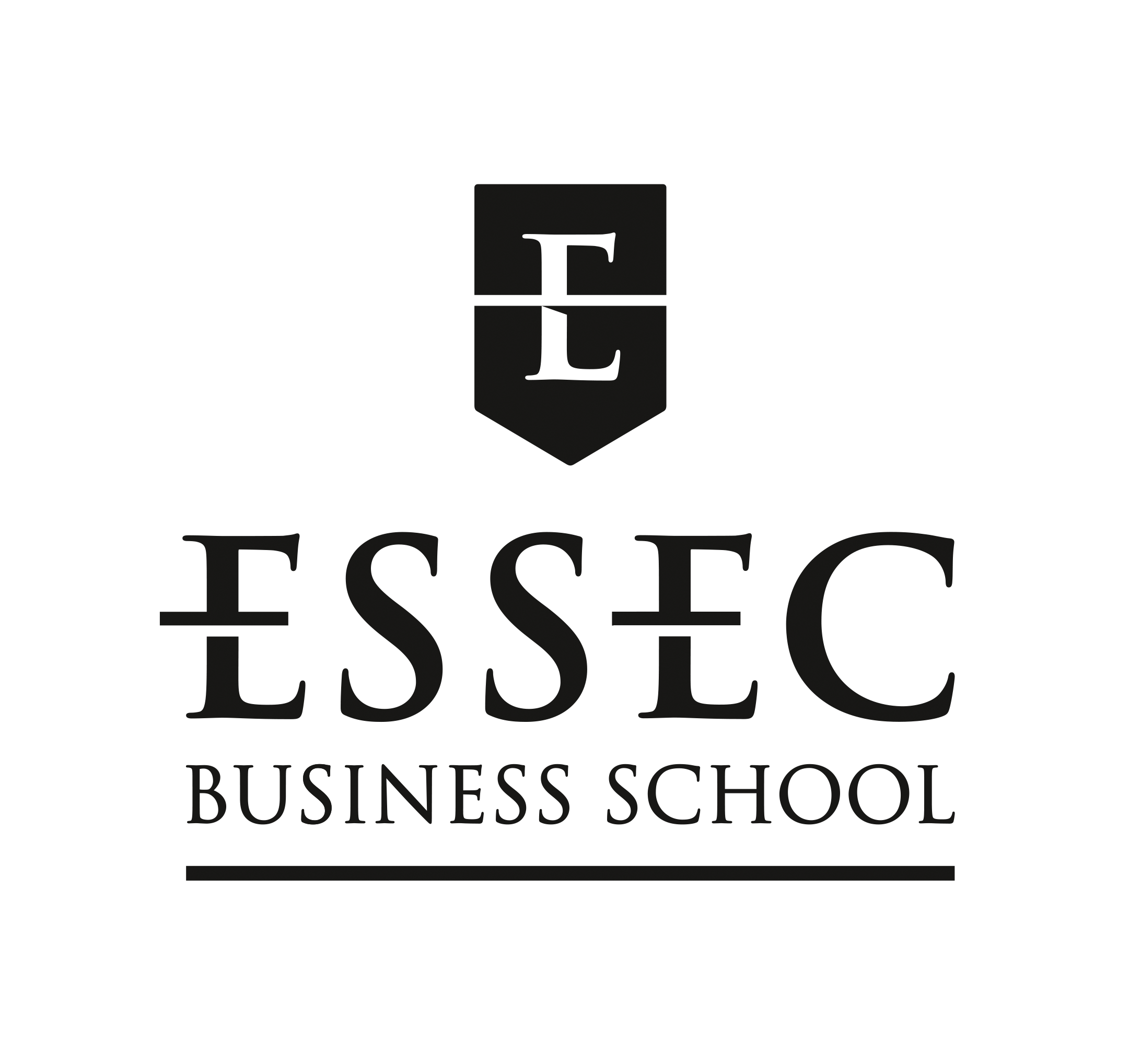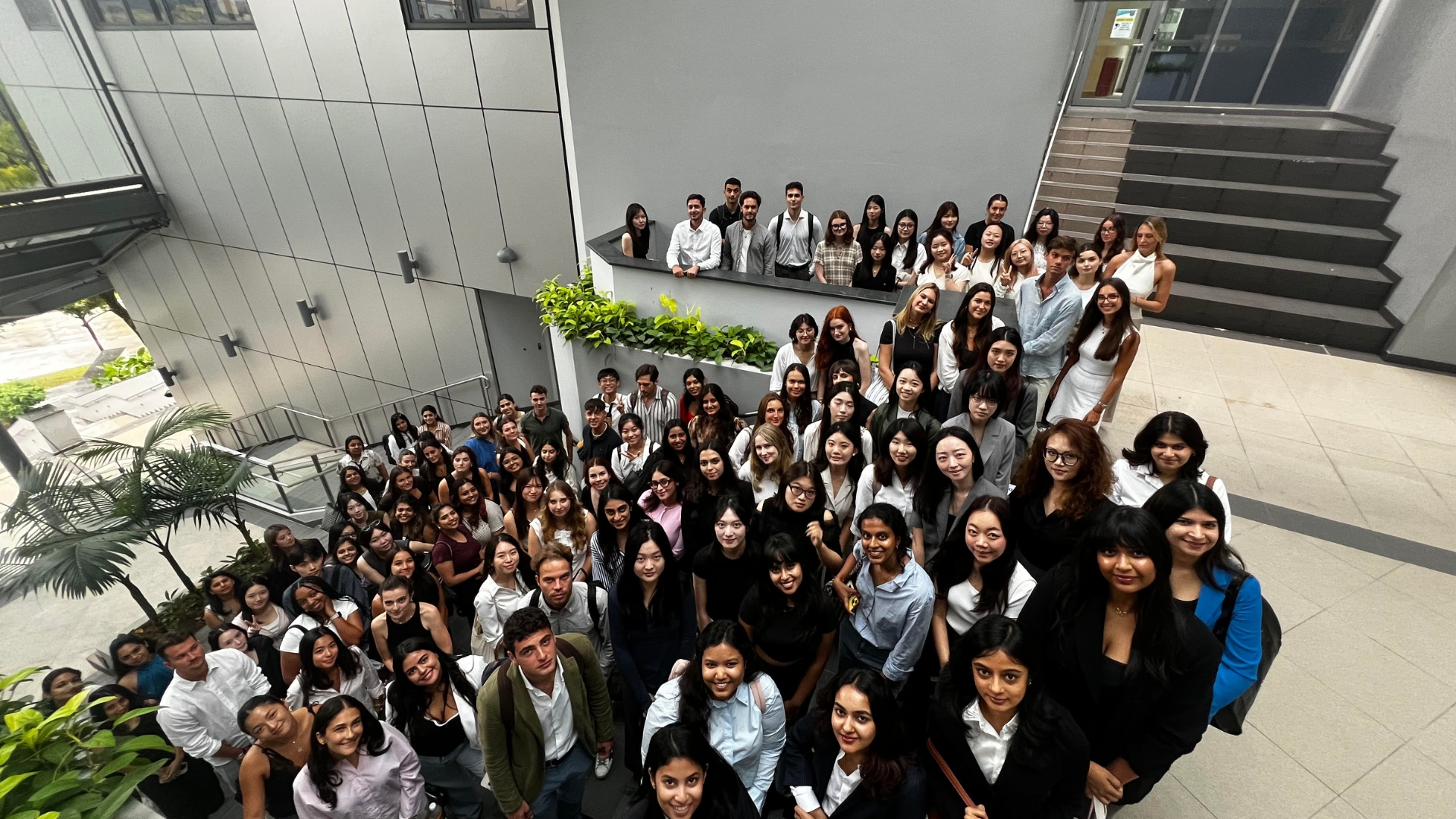This week, we will discuss a major trend sweeping the hiring process for more than a few years—automated, AI-driven interviews.
With the desire to make the hiring process more efficient and many startups digitizing the hiring process, AI is becoming a regular feature in screening interviews, especially for large companies.
Automated, AI-driven interviews are online, one-sided interviews with pre-selected questions. The two most common platforms are HireVue and Pymetrics, but others are being developed.
While the algorithms are proprietary, the platforms work by analyzing non-verbal cues like facial expressions, voice patterns, and eye movements.
This type of analysis has drawn criticism of bias, to which the companies have rightfully pointed out that human-to-human screening has always involved the interviewer’s biases.
How do you prepare for this type of interview? First, the preparation tips for the past few weeks are still relevant, but let me build on a couple of essential items.
Pre-setup
You’ll need to create an ideal space for you to do the interview. Ensure you have a quiet room with appropriate light on your face and sound IT infrastructure.
Could you make sure that your camera is at eye level as well? A common mistake is that the camera is too low — not ideal for seeing your eyes and facial expressions.
On a side note, these recommendations are relevant for any video interview.
Practice
Also, could you practice answering interview questions in front of your camera? It can be pretty unnerving to look at yourself while answering questions, especially since there is no interviewer to focus on.
The more you practice in front of the computer, the more you will get comfortable. If you are having difficulty getting comfortable seeing yourself on screen, you can use post-it notes to cover yourself on the screen but ensure you are not blocking the camera.
Precision
Finally, please make sure to prepare the length of your answers carefully. For all interviews, it is crucial to be conscious of the size of your answers.
In this scenario, it is critical because the answers will have a fixed length. The company can set the size of the answer, which can vary depending on their requirements.
The more you practice your answers, the more you will have a better sense of working within the required time.
Conclusion
To recap, automated, AI-driven interviews are growing in prominence. Much of the preparation for these types of interviews is the same: researching, practicing answers, and planning the logistics.
While it can be unnerving talking to a camera only, you can overcome it by practicing in advance and being conscious of the length of your answers.
Even though receiving some criticism, this type of interview is here to stay because of the efficiencies that large companies can reap.
Learn more about developing a winning résumé, building a solid network, and other insights on professional growth from our regular Career Tips series.
RELATED POSTS
Building a Personal Brand While You Study
How students use LinkedIn, blogging, or speaking engagements to stand out.
Finding Your Fit: How ESSEC Asia-Pacific Career Services Help Global BBA Students Build Meaningful Career Paths
As Manager of Career Services at ESSEC Asia-Pacific, Cerella Sim draws on over a decade of recruitment experience to help Global BBA students…
Success After Graduation: Alumni Job Outcomes in Asia
ESSEC Asia-Pacific's Global Bachelor of Business Administration (GBBA) program effectively prepares students for successful, globally-focused…
What I Learned from Failing My First Job Application
First rejection taught ESSEC alumna Medha Thakkar that career setbacks spark growth, leading to resilience, networks, and unexpected opportunities.
Career Success Through the ESSEC Global BBA
ESSEC's Global BBA transforms students through immersive professional experiences, international mobility, and real-world learning opportunities…
The Asian Etiquette Guide for ESSEC Asia-Pacific Students
Asian business etiquette translates cultural awareness into competitive advantage through respectful greetings, proper hierarchy navigation, and…








